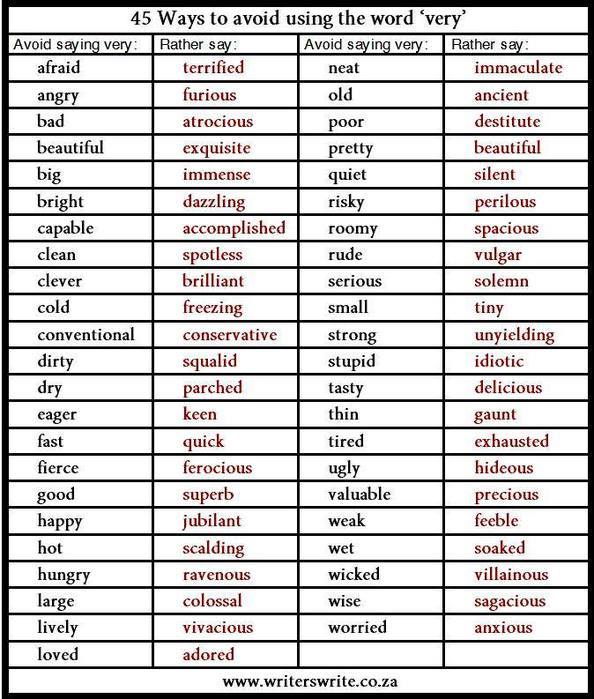A Chinese Artist🎨
Has Done Something Incredible
With Paper
The
line of pure white busts sitting amongst the dust in Li Hongbo's
Beijing studio could be found in any art classroom around the world.
That
is until the 38-year-old Chinese artist places his hands on one, lifts
gently, and what had seemed like solid plaster transforms into a live,
amorphous mass.
A
roman soldier stretches like elastic, a pretty English maid suddenly
rises like a terrible phantasm. They are neither plaster nor clay, but
concertinas of thousands of fine pieces of paper."At the beginning, I
discovered the flexible nature of paper through Chinese paper toys and
paper lanterns. Later, I used this to make a gun. A gun is solid, used
for killing, but I turned it into a tool for play or for decoration. In
this way, it lost both the form of a gun, and the culture inherent to a
gun. It became a game," he said.
FLEXIBLE PAPER SCULPTURES
To
make his sculptures Li uses a stencil to paste glue in narrow strips
across large pieces of paper that he then sticks together to form blocks
of 500.
He
stacks the blocks to the desired height -- an average bust is over ten
blocks or 5,000 sheets of paper high -- then cuts, chisels and sands the
large block just as if it were a piece of soft stone. Born into a
simple farming family, Li said he has always loved paper, first invented
in ancient China. He has spent six years producing a collection of
books recording more than 1,000 years of Buddhist art on paper.
Art
to Another Level
-
Chinese Paper Sculptures
Stretch Imaginations
in New York
In
his recent works, Li has consciously produced only perfect replicas of
classical busts and shapes he used to sketch at university. The
denatured human forms may make some people squirm, but Li says he uses
the archetypal figures to make audiences concentrate on the material,
not to shock.
"'Strange'
and 'unsettling' are just adjectives used by some individuals. In fact,
people have a fixed understanding of what a human is, and think that a
human cannot be physically manipulated, so when you transform a person,
people will reconsider the nature of objects and the motivation behind
the creation. This is what I care about," he said. His exhibition 'Tools
of Study' at the Klein Sun gallery in New York has earned him plenty of
attention across the Pacific since it opened on January 9th.
Chinese Paper Sculptures
Stretch Imaginations
in New York
Gallery assistants pull the twenty pieces around on their plinths for visitors, but not being allowed to touch pieces themselves leaves some feeling unfulfilled.
"You know, when you can open it, there's movement, there's mobility, it becomes a dynamic thing versus a very static thing. You know, but it's like, of course, as an observer, it's like, I can only enjoy that momentum or that movement of the object if someone opens it for me. It's so funny, because it's like, enticing. You kind of want to play with it but you can't," said one visitor, Lydia Chrisman, on Tuesday (January 21).
Li is aware of this irony, and at a show in Sydney provided small models for the audience to play with. But it could be for the best. Though he refused to disclose prices, growing demand for his works means the cost of a real one would probably stretch your wallet.
The Making
of Paper Art
of Paper Art
by
Li Hongbo
Li Hongbo is a widely-acclaimed
artist who plays with the appearances and connotations paper. Many
viewers who came across his works are intrigued by the amazing
flexbility, resilience and strength of the paper material, and startled
by the artist's craftsmanship. In this video, Li Hongbo shows us how he
did it. Step by step, he guides us in a magical journey in the making of
paper art.
*
To learn more about the artist and his works, please visit: http://www.schoeniartgallery.com/arti...
This
video is brought to you by Schoeni Art Gallery. Like us on Facebook for
latest updates on our exhibition openings, workshops and other
programmes:
*
*









